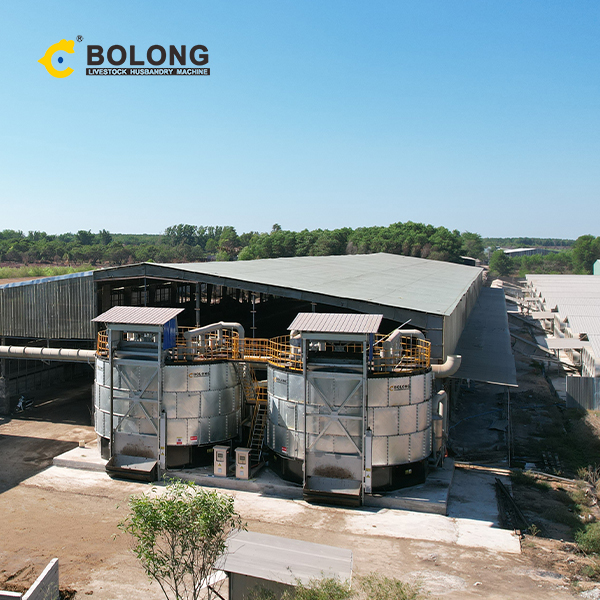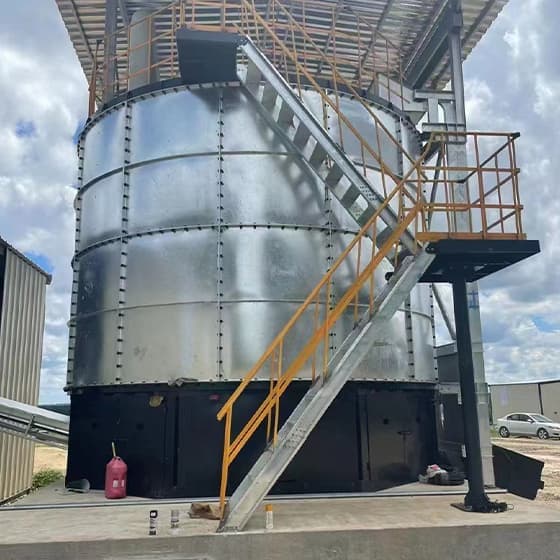Understanding the scientific principles behind Bolong Fermentation Tanks can provide insights into their effectiveness and benefits. These tanks utilize aerobic fermentation to convert organic waste into compost, a process grounded in microbiology and engineering.

Aerobic fermentation relies on microorganisms that thrive in oxygen-rich environments. These microorganisms break down organic matter, producing heat, carbon dioxide, and compost. Bolong Fermentation Tanks create ideal conditions for these microorganisms to flourish, ensuring efficient decomposition.
Bolong Fermentation Tanks are equipped with features that optimize the fermentation process. Automated temperature control maintains the ideal temperature range for microbial activity. Advanced aeration systems ensure a constant supply of oxygen, and robust mixing mechanisms evenly distribute organic matter and microorganisms.
The aerobic fermentation process used in Bolong Fermentation Tanks offers several advantages. It produces high-quality compost quickly, minimizes odor, and reduces greenhouse gas emissions compared to anaerobic methods. Additionally, the resulting compost is rich in nutrients and beneficial microorganisms, enhancing soil health.

The science behind Bolong Fermentation Tanks is a combination of microbiology and engineering. By optimizing the aerobic fermentation process, these tanks provide an efficient and sustainable solution for organic waste management.